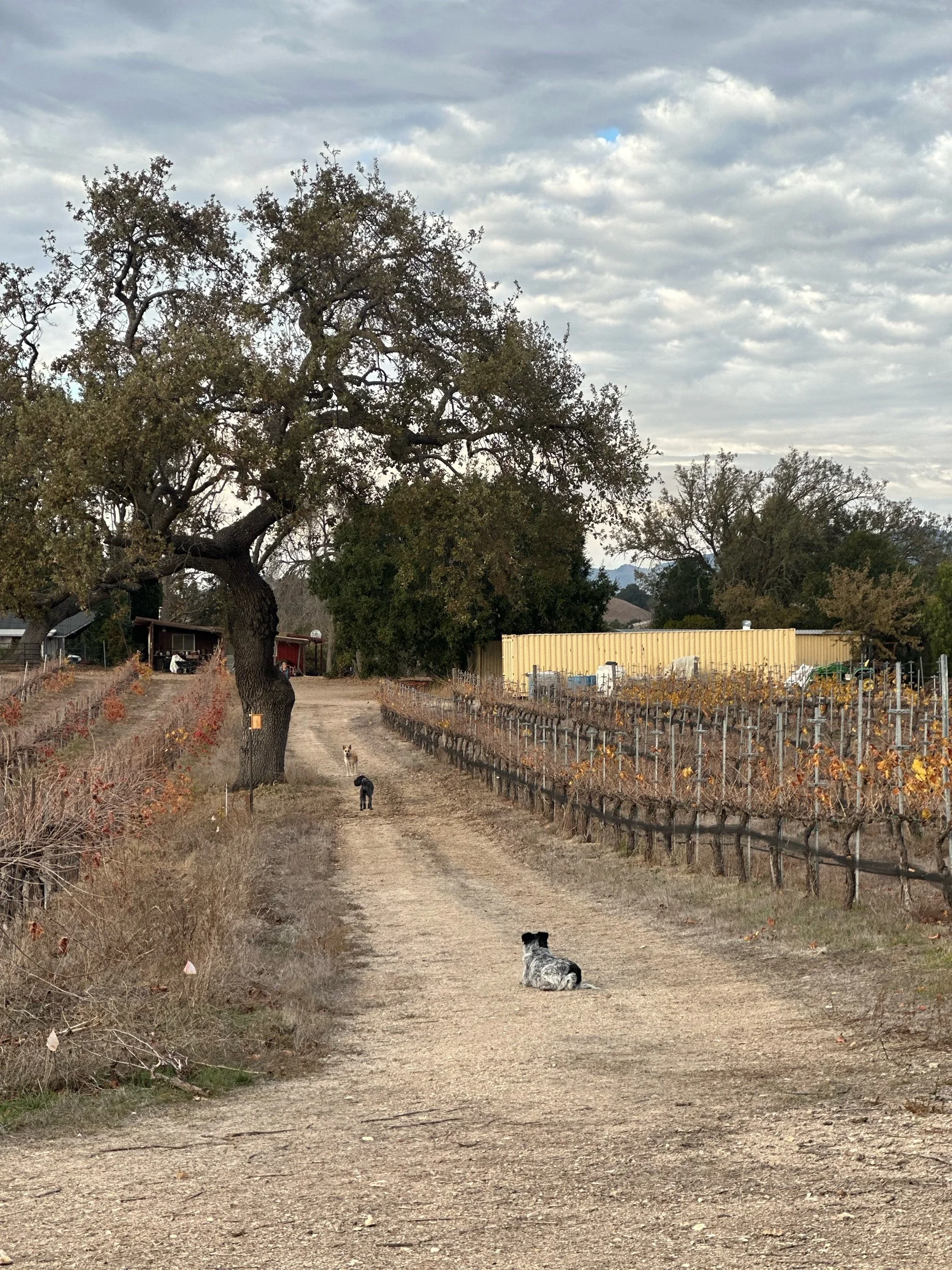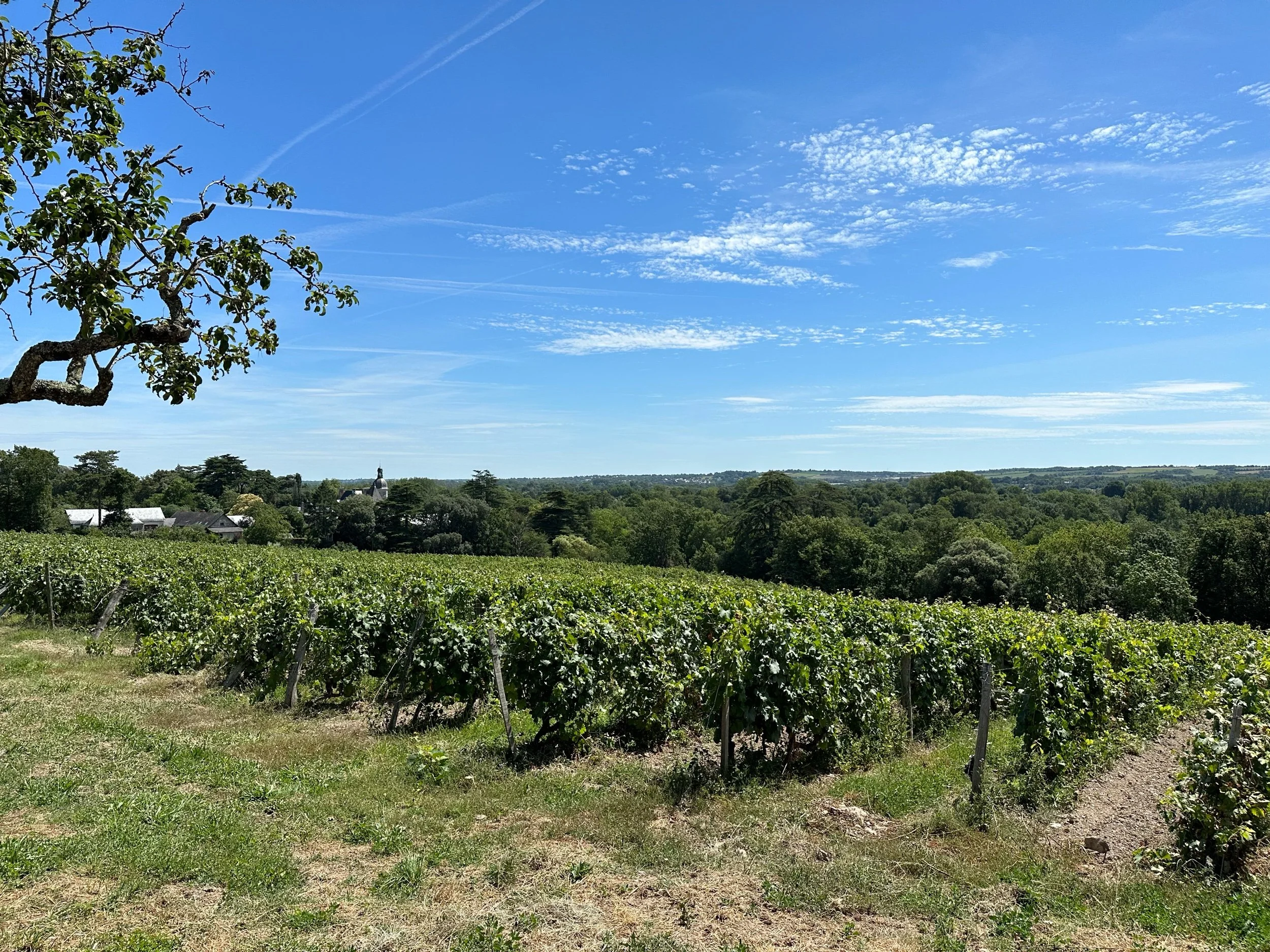An overview of Montagne de Reims, a region to the north of Champagne which is most famous for its Grand Cru Pinot Noir, but there’s also Chardonnay and Meunier planted, and styles vary according to the village and to the producer. A facsinating example of how terroir is more important to Champagne than is sometimes discussed.
About Matthew's World of Wine and Drink.
This blog began as a record of taking the WSET Diploma, during which I studied and explored wines and spirits made all around the world. Having passed the Diploma and become a WSET Certified Educator, the blog has become much more: a continual outlet for my passion for the culture of wine, spirits, and beer.
I aim to educate in an informal, enlightening, and engaging manner. As well as maintaining this blog to track my latest enthusiasms, I provide educational tastings for restaurants and for private groups. Details can be found on the website, and collaborations are welcome.
Wine is my primary interest and area of expertise and this blog aims to immerse the reader in the history of wine, to understand why wine tastes like it does, and to explore all the latest news. At the same time, beer and spirits will never be ignored.
For the drinker, whether casual or professional, today is a good time to be alive.





















